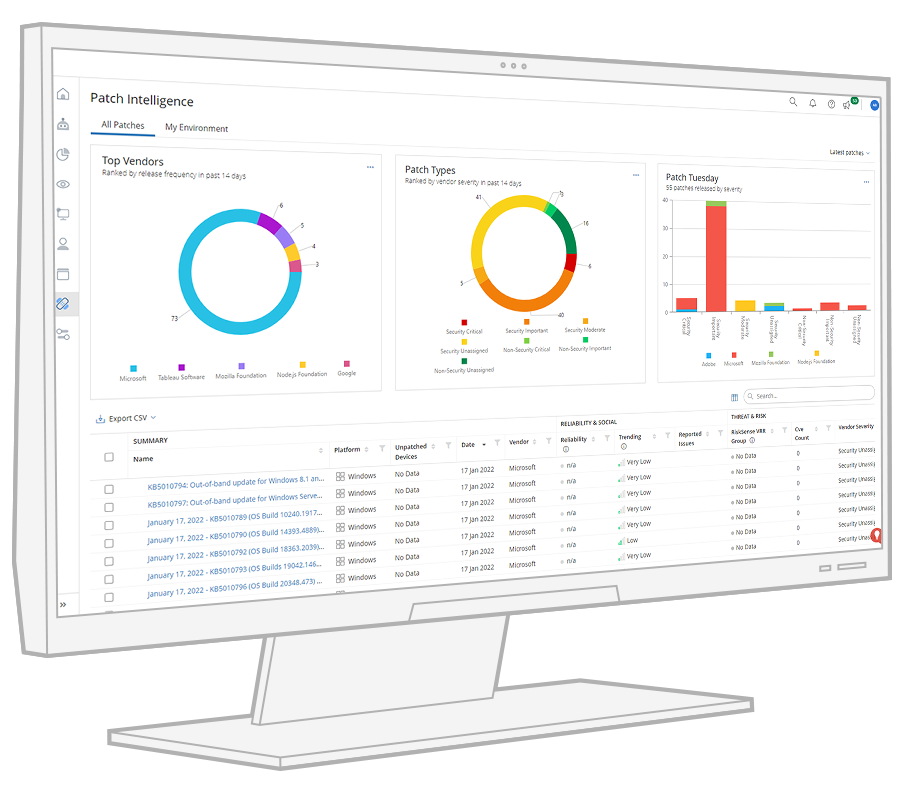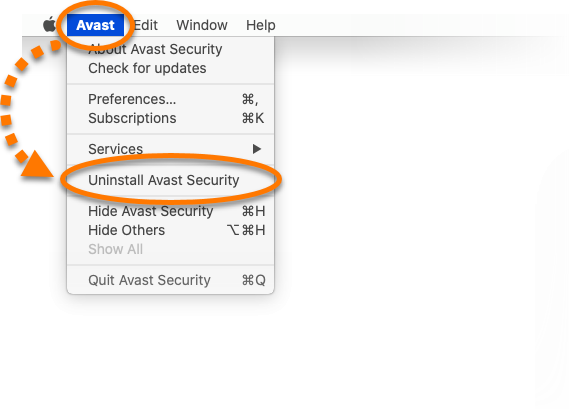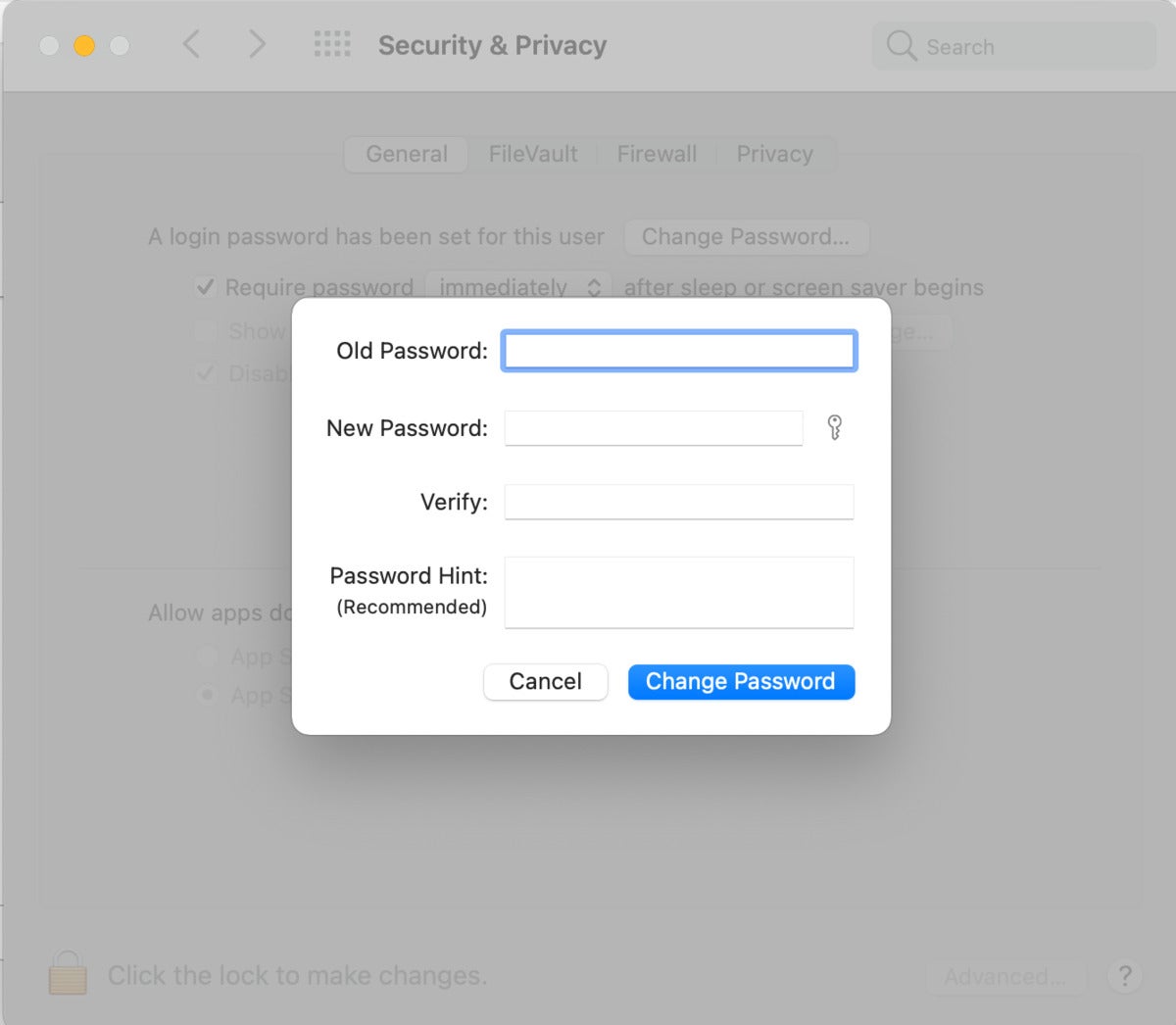
The following table lists some commonly customized security settings, the SES Enterprise policy that governs them, and the search term to use to get more information in the Symantec Endpoint Security documentation: Configuration Type You can click any policy in the list to review its settings. Then, in the pane on the right, select Policies. In SES Enterprise, on the Devices page, on the Device Groups tab, in the Group Hierarchy pane, select Default. To view the policies that are assigned to the Default device group:
#SECURITY POLICIES FOR MAC IN ENTERPRISE HOW TO#
These policies are configured to provide optimal protection, but you may need to modify some settings for your environment – for example, if you use a proxy server or want to exclude certain files from security scans.įor more information, see Policies and Policy Groups or the video How to set up policies in your console. The Default device group already has a set of policies assigned to it. Step 1: Review the policies applied to the Default device group

Log in to the SES Enterprise cloud console and prepare for the transition.
Access the SES Enterprise cloud console. Before you transition your mobile devices, open the Symantec Endpoint Protection Mobile documentation and review the Getting Started topics.Įnsure you have access to SES Enterprise cloud console. The information in this document about product setup is designed to help you transition servers, desktops, and laptops to SES. Note to SEPC customers: Your SES subscription includes mobile device support, but mobile devices are currently managed separately from other device types. This document is designed for SEP Cloud (SEPC) and SEP Small Business Edition (SEP SBE) customers who are transitioning to Symantec Endpoint Security (SES). Preparing SES Enterprise for the transition Understanding the components of the Computers page. Policies and Computers should be captured as well as there is also no export for policies and agents will not retain any custom Aliases if they are assigned.  Managing trials, subscriptions, and renewals. Note: They should have emails for all their licenses from the time of purchase, renewal, and amendment generated by the subscription platform as well. In general, there is no export capability for this but screen captures can be taken for future reference if needed. Customers should capture their licensing entitlements. Customers should review supported report generations and schedule the ones of most importance before EOL. The security policy should be circulated to everyone in the company, and the process of safeguarding data needs to be reviewed regularly and updated as new people come on board. There also needs to be a plan for what to do when a threat actually materializes. Instituting certain employee policies as well as strong physical and network security could be a few safeguards. A company must also determine how to prevent those threats. When the threats are identified, the likelihood that they will actually occur must be determined.
Managing trials, subscriptions, and renewals. Note: They should have emails for all their licenses from the time of purchase, renewal, and amendment generated by the subscription platform as well. In general, there is no export capability for this but screen captures can be taken for future reference if needed. Customers should capture their licensing entitlements. Customers should review supported report generations and schedule the ones of most importance before EOL. The security policy should be circulated to everyone in the company, and the process of safeguarding data needs to be reviewed regularly and updated as new people come on board. There also needs to be a plan for what to do when a threat actually materializes. Instituting certain employee policies as well as strong physical and network security could be a few safeguards. A company must also determine how to prevent those threats. When the threats are identified, the likelihood that they will actually occur must be determined. 
Finally, physical damage to computer systems could occur. Alternatively, a hacker from outside the company could penetrate the system and cause loss of data, change data, or steal it. If the document focuses on cyber security, threats could include those from the inside, such as possibility that disgruntled employees will steal important information or launch an internal virus on the company's network. It also needs to outline the potential threats to those items. This might include the company's network, its physical building, and more. A security policy should outline the key items in an organization that need to be protected.







 0 kommentar(er)
0 kommentar(er)
